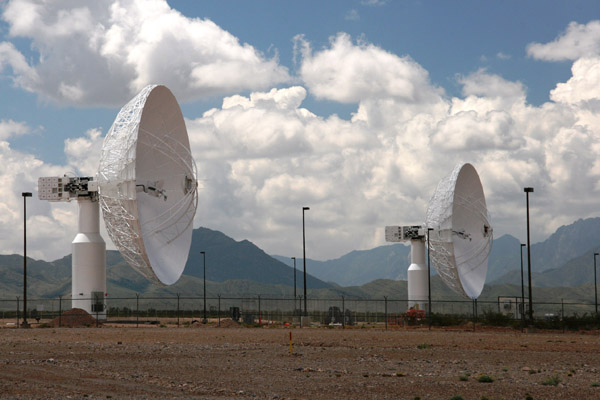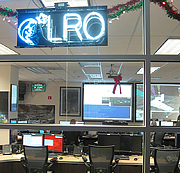Engineering
LRO has an antenna that sends radio signals to a radio telescope in New Mexico. LRO can send almost 500 gigabytes of data from all its instruments down to Earth every day! This is the same amount of information a typical desktop can store.
The station in New Mexico transmits the data over the internet to the Mission Operation Center, or MOC (pronounced“mock”). The MOC for LRO is at the Goddard Space Flight Center in Maryland.
The MOC separates the data for each instrument. Then it sends each instrument's data over the internet to the instrument's science operation center, or SOC (pronounced "sock").
These SOCs are located throughout the United States. The SOC for CRaTER is at the University of New Hampshire. Once the data arrive at the SOC, scientists can begin analyzing them.
 |
“Scientists love data. But how does CRaTER create the data? |


